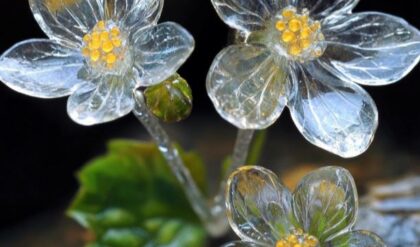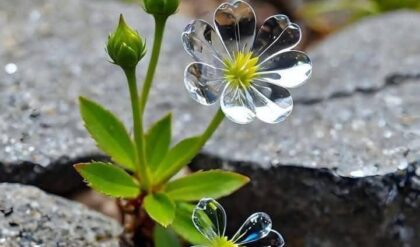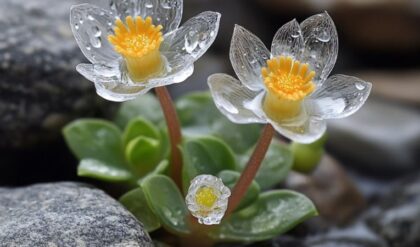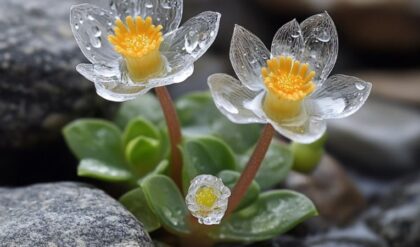When it comes to caring for elephant ear plants, a fascinating paradox emerges: these visually striking plants with their expansive, tropical leaves are often seen as both simple and demanding. While they flourish in conditions that mimic their natural habitat—with plenty of sunlight, water, and nutrient-rich soil—it is crucial for caregivers to strike a balance between indulgence and restraint. At first glance, the robust Colocasia (the botanical name for elephant ears) seem to beckon to green thumbs with their flair for drama, but neglecting specific care tips can turn this gardening gem into a wilted shadow of its potential.
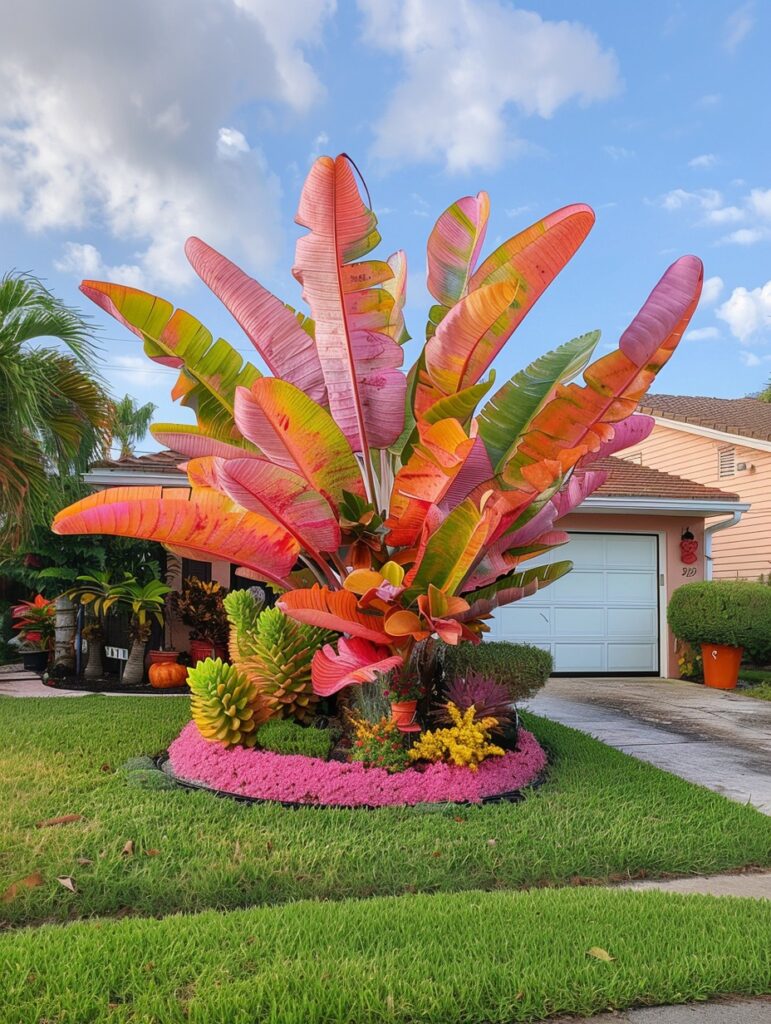
In the heart of nurturing these vibrant plants lies the need for adequate lighting. Elephant ear plants thrive in full sun or partial shade, soaking up at least six hours of direct light each day . However, this desire for sunlight must be balanced with the risk of scorching the delicate leaves, particularly in extreme heat. Twilight beauty is perhaps the best metaphor here; while these plants shine in brightness, too much sun can lead to burnout. They also crave well-drained soil rich in organic matter, which helps maintain moisture without suffocating their roots—a familiar territory for a gardener often caught between over-watering and drought stress .
Watering Techniques
One cannot talk about elephant ear care without addressing watering needs. This leafy marvel flourishes in moist environments, preferring soil that feels damp yet isn’t waterlogged—a precarious line to walk. Imagine attempting a tightrope walk; too much water and the plant risks root rot, while too little can lead to drooping leaves that tarnish its majestic stature . Many enthusiasts recommend using fertile, loamy soil, which provides an excellent base for water retention while ensuring proper drainage . This dual requirement presents a fascinating opportunity for gardeners to employ creative solutions like self-watering pots or even hydroponic setups.
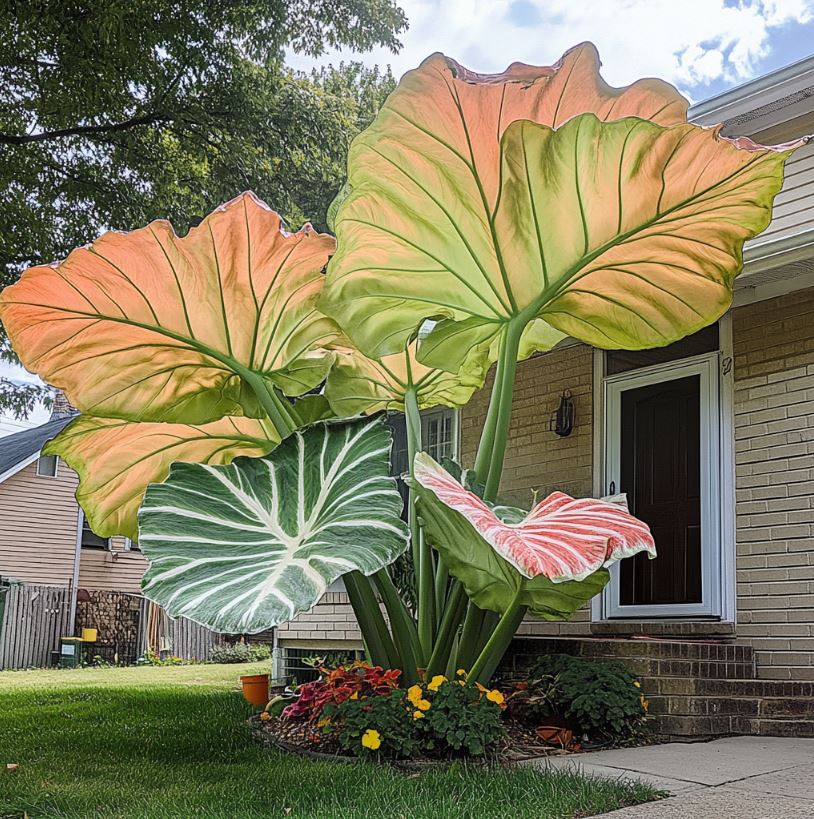
Nutritional Requirements
Furthermore, engaging with elephant ear care compels us to consider nutritional requirements. Just as we nourish ourselves with a balanced diet, these plants thrive on fertilization during the growing season. A slow-release fertilizer can work wonders, enriching the soil’s texture and contributing to robust leaflet growth. The use of compost or organic fertilizers resonates beautifully with both sustainable gardening practices and the plant’s appetite for nutrients, creating a nourishing environment that echoes nature’s cyclical systems .
Pruning and Maintenance
Equally vital is understanding the role of pruning in plant vitality. Over time, older leaves may droop, diverting energy from new growth. By regularly trimming away the aging foliage, you not only enhance the aesthetic appeal but also allow the plant to allocate resources more effectively, reminiscent of a sculptor carving away excess material to reveal the masterpiece underneath . The practice of pruning invites creativity, offering an opportunity to engage artfully with your plant as a living exhibit of nature’s splendor.
Challenges and Adaptations
Interestingly, fostering such beauty isn’t devoid of challenges. Pests can sabotage the health of elephant ear plants, transforming them from garden delights into battlefields where aphids or spider mites wage tiny wars. Addressing these infestations promptly is imperative; a proactive approach through regular inspections and natural pest deterrents could imply a need for vigilance akin to a guardian watching over prized possessions .
A Community of Enthusiasts
Lastly, the communal aspect of caring for elephant ear plants cannot be overlooked. Engaging within gardening forums or local societies cultivates a sense of shared wisdom and camaraderie. For those leaning towards indoor cultivation, exchanging tips on how to adapt care routines for varying light and humidity levels further enriches the experience, turning solitary gardening into a tapestry woven from collective knowledge . The relevance of such connections hints at gardening as an integrated part of community life, offering sustenance beyond soil and leaf—encouragement and support, fostering the growth of both plants and friendships.
In summary, the care of elephant ear plants is a multifaceted journey that combines light, water, nutrition, and community engagement. Balancing these elements transforms the process into an artistic endeavor that invites creativity, patience, and a bit of daring ingenuity. As the seasons change, so do their needs, mirroring the very essence of growth itself.
